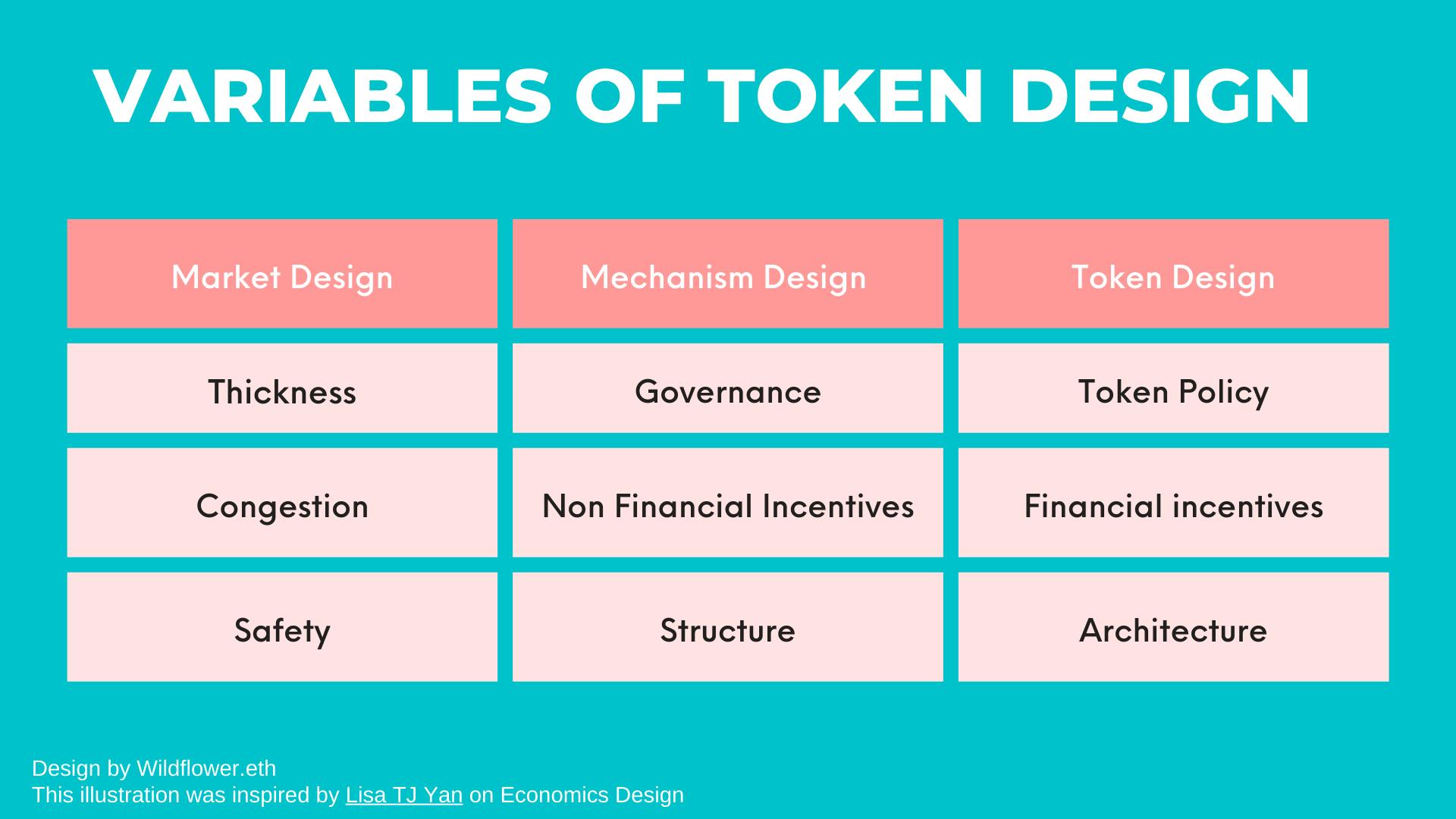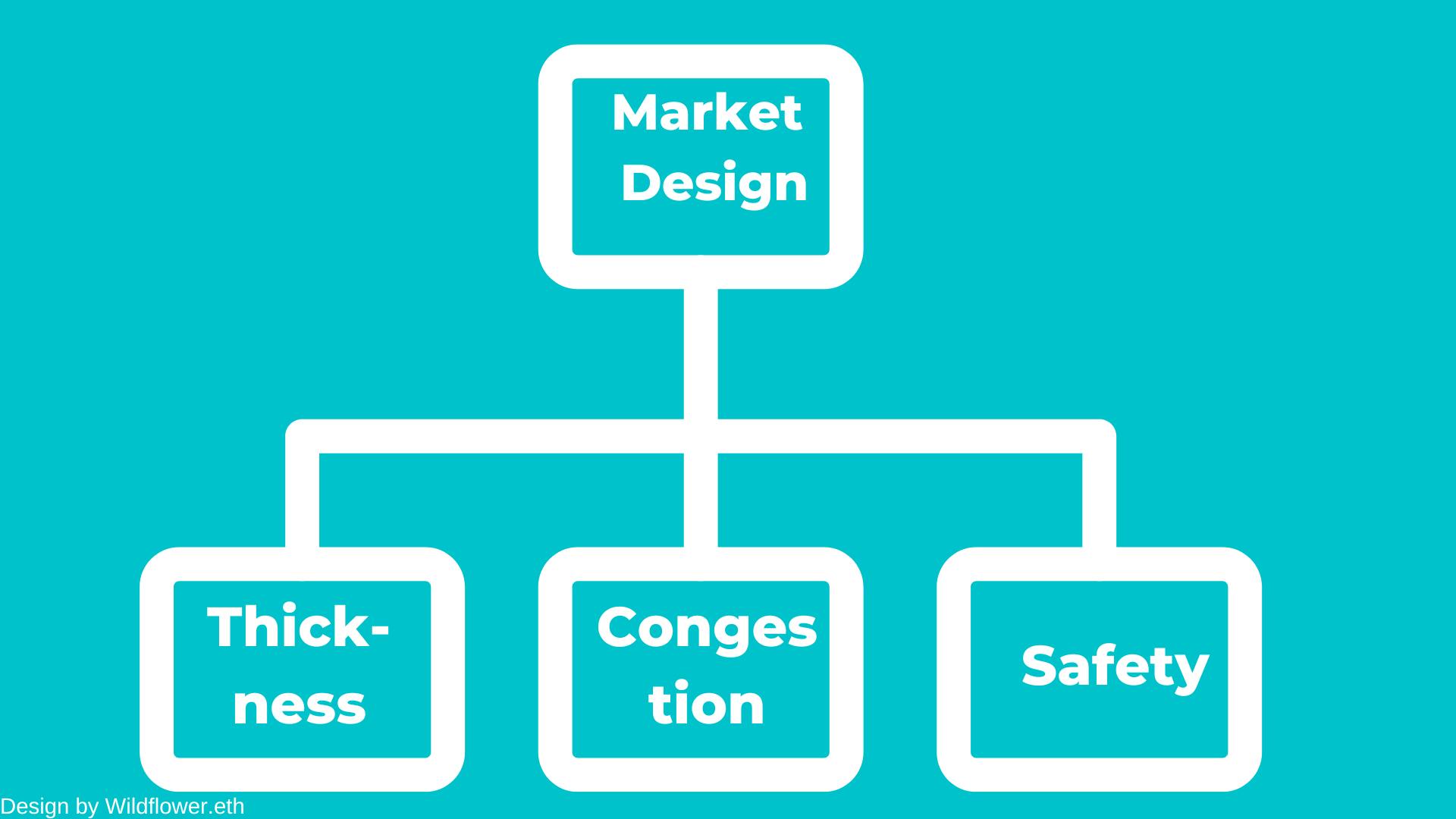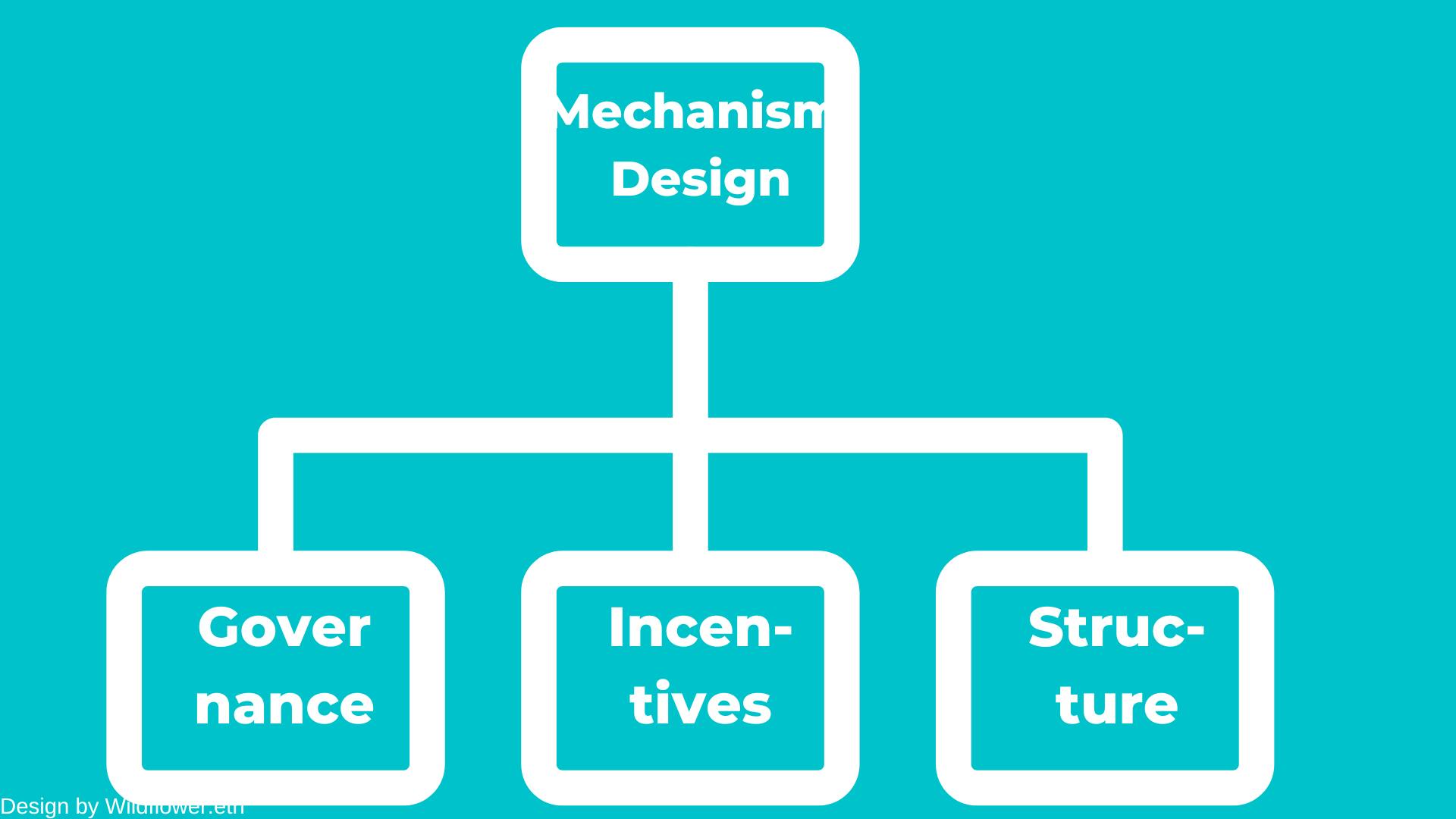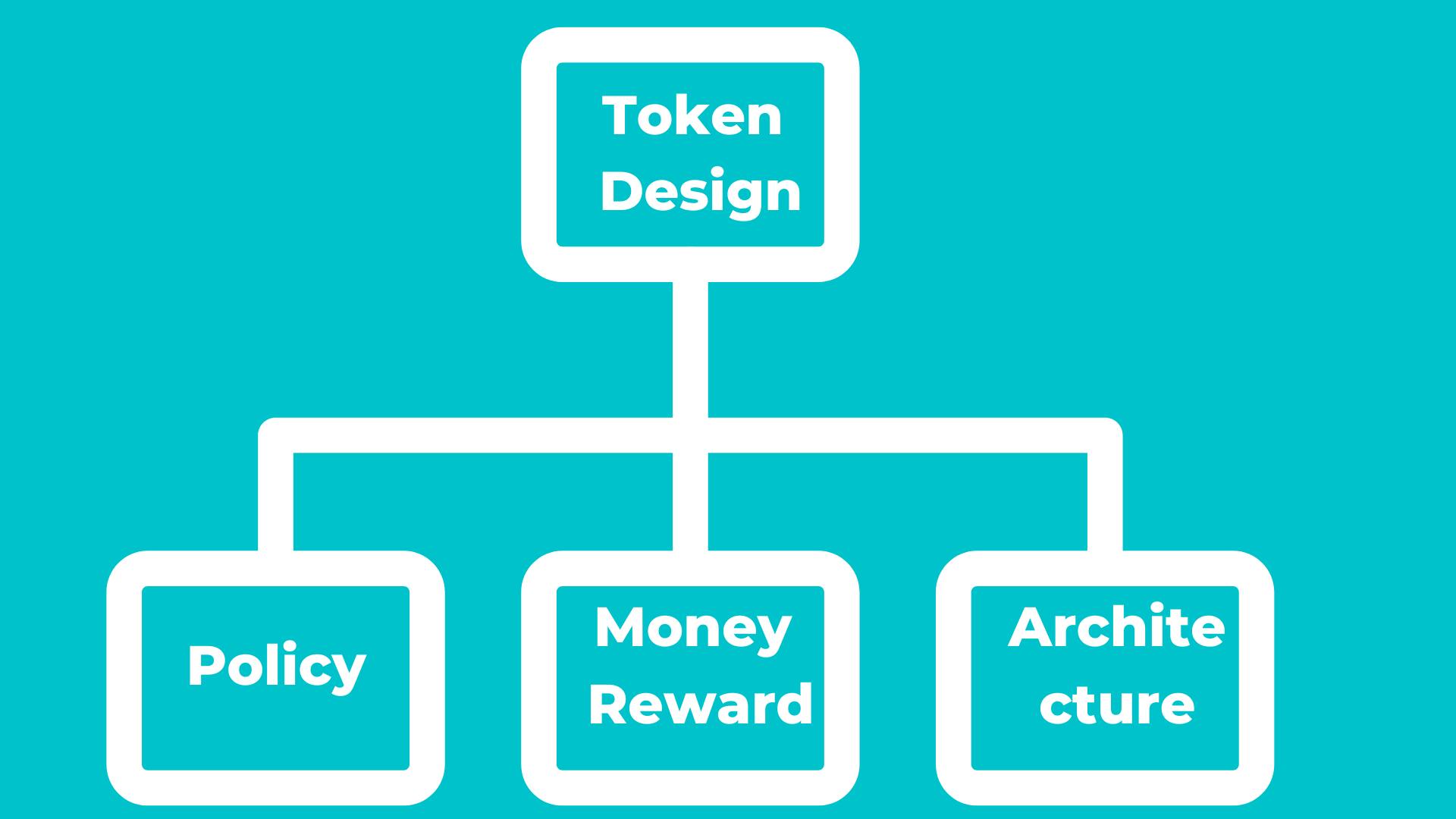Rubicon Games is the first crypto-inspired card game in Africa. We are currently testing our card game with beta users, and we had to explain tokens. Our content lead, Leke Babatunde, had to break down the concept of tokens in a way our users could understand. We used the concept of The Rubicon Games, a crypto-inspired card game we were building, to break down the concept of tokens.
Imagine that we launch a token; Rubicon Games Tokens (RGT) for our card game. We could make 1000 units of tokens, keeping 10% for founders, another 10 for team players, and selling the remaining 80% to the public. Anyone who buys a token has voting rights and decision-making capabilities in how the Rubicon Games operate. The value of each token grows as Rubicon Games becomes more valuable in the market.
A good token design is when the value of the RG Tokens increases as more people buy and use our game.
Tokens are physical or digital representations of value broken into units that can be bought or sold.
Tokenomics
Tokenomics is the study of how all moving parts of a token network come together to form a thriving economy; all economic actors; the players, tokens, investors and even the technology that makes a token function must work together for increased efficiency.
Token Design
Token design is the process of creating this economy. We can let The Rubicon Game, run without interference, or we can design the system for equal participation and sustainablity. Token designers combine economics with the knowledge of the blockchain to create these digital economies. They use incentives to coordinate behaviours and distribute resources
Framework of Token Design

In the previous article, I mentioned the frameworks, more like the foundation of how a token is built. If we want to create a thriving ecosystem for our game, we consider each of these core concepts, their principles and how to apply them
Take a pause to visit the previous article so you can understand the difference between market, mechanism and token design. Before we begin to discuss the variables in these key areas
Market Design

Market design focuses on the thickness, the traffic and the safety of our token network .
Market Thickness refers to the amount of players you have at any given time in your network
Market Congestion is the amount of transaction that occurs in your network. It is also referred to as market traffic and it determines how fast or slow transactions will occur on your network
Market Safety is concerned with how secure your network is for your players. How safe is it for them to buy and sell their tokens in your network
Mechanism Design

Mechanism design focuses on how a token is governed, structured and how players are rewarded in non-monetary ways.
Governance refers to how decisions are being made and how resolutions are drawn in a Token Community.
Non monetary rewards are non- financial incentives that encourages players to own your tokens. They may be the voting rights or the social status a player might gain from owing your token
Structure is the process with which the a token network use to vet, bargain and budget information and rewards
Token Design

Token design comprises of the policies, the pricing , and how the supply of tokens is structured
Token policies is the use of economies to design a tokencurrency. Economic laws such as demand and supply and behavioral economics are used to design tokens.
Financial incentives are the rewards (mostly in crypto coins) your players have for buying, storing and trading your tokens.
Token Architecture focuses largely on the property rights and transfer of tokens. Property rights are mostly used for non fungible tokens where the ownership fo a token is recorded and changed once the token is sold
This is an overview of the major factors that constrains a good token design. Just like a designer things of the different factors in designing a good picture, a token designer has to consider these factors, asking majore questions in these areas to determine how to build a great token economy
Think of some current tokens like Soul Bound Token (SLT) or Sweet Love Potion (SLP), can you identify their architecture, their level of thickness or traffic. If these tokens have recently been on the news which of these factors were mentioned? what commmunities and networks are these tokens been used in as incentives and what non financial rewards do players get for owning these tokens?
In my next article, I'll be going over some questions the rubicon game team have to consider if we decide to create a token for our game. You can read our profile here; and stay updated on the game progress on Twitter
Write to me or send me a message if you'd like to learn more
Resources
